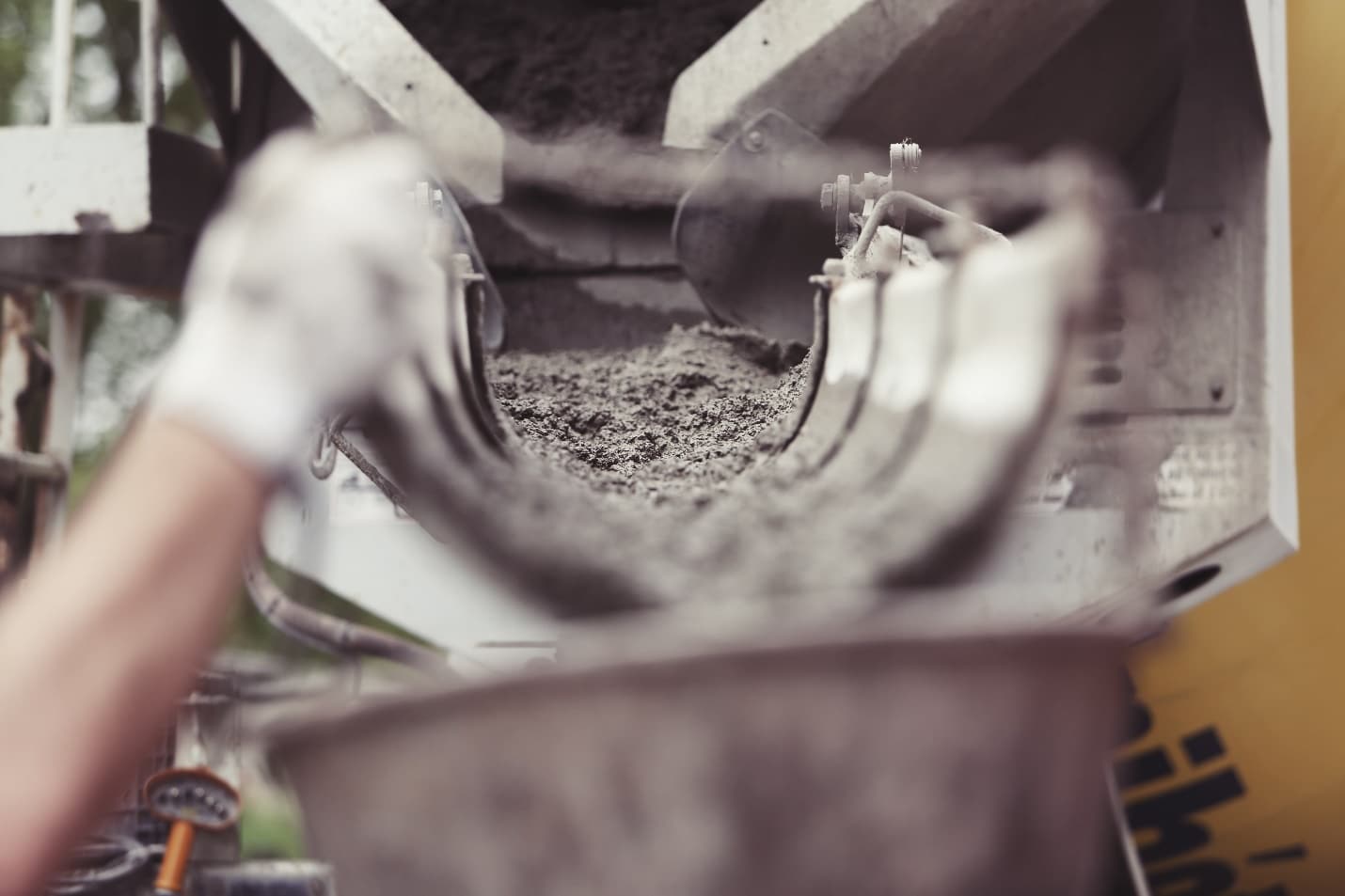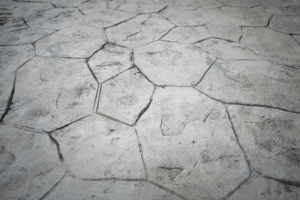Concrete lifting is a valuable solution for addressing sunken or uneven concrete surfaces, but you may have questions about the process, benefits, and more. In this article, we’ll answer some of the most frequently asked questions about concrete lifting to provide you with a comprehensive understanding of this innovative technique.
1. What Is Concrete Lifting?
Concrete lifting, also known as slab lifting or concrete leveling, is a method used to raise and level sunken or uneven concrete surfaces. It involves injecting a specialized material (such as polyurethane foam or a cement-based mixture) beneath the sunken concrete, which lifts and levels it.
2. Why Does Concrete Sink or Settle?
Concrete can sink or settle due to various factors, including soil erosion, poor compaction during construction, changes in moisture levels, and the natural settling of the ground over time. These factors can create voids beneath the concrete, causing it to sink.
3. What Are the Signs That My Concrete Needs Lifting?
Common signs that your concrete may need lifting include:
- Uneven or sloping surfaces
- Cracks in the concrete
- Gaps between concrete slabs
- Water pooling on the surface
- Tripping hazards
- Frequent repairs or replacements
4. What Are the Benefits of Concrete Lifting?
Concrete lifting offers several benefits, including:
- Enhanced safety by eliminating tripping hazards.
- Cost-effectiveness compared to full concrete replacement.
- Quick and minimally disruptive process.
- Long-lasting results with minimal maintenance.
- Improved aesthetics and property value.
5. How Does Concrete Lifting Work?
The concrete lifting process typically involves the following steps:
- Assessment: The affected area is inspected to determine the extent of sinking and the appropriate injection points.
- Drilling Holes: Small holes are strategically drilled into the sunken concrete.
- Injection: A specialized material (such as polyurethane foam or a cement-based mixture) is injected through the holes.
- Lifting: The material expands beneath the concrete, exerting pressure and lifting it to its original position.
- Stabilization: The material stabilizes the soil and prevents future settling.
6. Is Concrete Lifting Environmentally Friendly?
Concrete lifting is considered environmentally friendly because it reduces the need for concrete replacement, which requires the production of new materials and generates waste. Additionally, some lifting materials, such as polyurethane foam, are non-toxic and non-hazardous.
7. How Long Does the Concrete Lifting Process Take?
The duration of the concrete lifting process depends on the size of the project and the extent of the sinking. However, it is generally a quick and efficient process, with most projects completed in a matter of hours.
8. Can Concrete Lifting Be Done in Extreme Weather Conditions?
Concrete lifting can typically be performed in a wide range of weather conditions, including hot and cold temperatures. However, severe weather conditions may affect the scheduling and logistics of the project.
9. Will My Concrete Sink Again After Lifting?
Properly performed concrete lifting is a long-lasting solution. The injected material stabilizes the soil and helps prevent future sinking or settling. However, regular maintenance of the surrounding drainage and moisture control is essential to maintain the integrity of the lifted concrete.
10. How Do I Choose a Concrete Lifting Service Provider?
When choosing a concrete lifting service provider, consider factors such as experience, reputation, customer reviews, and the technology and materials they use. It’s advisable to work with a licensed and insured professional like Utah Concrete Lifting for quality results.
Concrete lifting is a reliable solution for addressing uneven concrete surfaces, enhancing safety, and improving the overall aesthetics of your property. If you have more questions or need concrete lifting services, don’t hesitate to reach out to a trusted professional for assistance.



